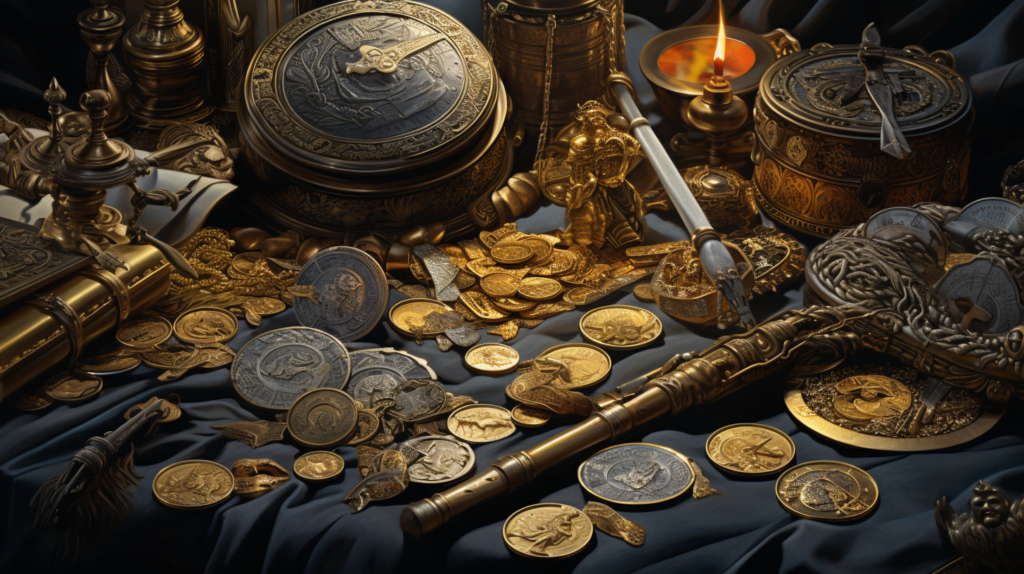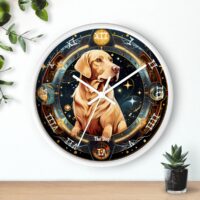The Chinese Zodiac, with its rich and intricate layers, is much more than just a cycle of animals; it’s a window into the soul of ancient Chinese civilization. Unraveling its history is like unfolding a timeless tale, one that weaves together legend, spirituality, and the human endeavor to understand time and fate.
Origins and Ancient Myths
The precise origins of the Chinese Zodiac remain shrouded in mystery, but one of the most cherished legends is the story of the Great Race. According to this tale, the Jade Emperor, the ruler of Heaven, decided to create a system to measure time. To select the animals that would represent this system, he organized a race. The first twelve animals to cross the finish line would be immortalized in the zodiac cycle.
In this spirited competition, each animal showcased its unique traits. The cunning Rat, hitching a ride on the diligent Ox’s back and jumping ahead at the last moment, secured the first position. The Tiger, with its strength, and the Rabbit, with its agility, followed suit. The Dragon, despite its ability to fly, came fifth, having stopped to help some villagers. This act of kindness was followed by the Horse, the Goat, the Monkey, the Rooster, the Dog, and lastly, the Pig.
Through this race, each animal secured its place in the cycle, but more importantly, the story underscored values dear to Chinese culture: ingenuity, hard work, kindness, and the idea that everyone, regardless of size or strength, has a role in the grand tapestry of life.
Evolution and its Significance Throughout Chinese History
While legends provide a colorful backdrop, the zodiac’s true roots likely lie in ancient agrarian practices. The twelve animals might have been totems representing different tribes, eventually coalescing into a unified system under the Shang and Zhou dynasties, reflecting the unity of the Chinese nation.
Throughout various dynasties, the zodiac played roles beyond mere timekeeping. It guided agricultural activities, with each animal associated with a specific time of the year, dictating when to sow and when to harvest.
The Chinese Zodiac also became deeply intertwined with people’s daily lives. It influenced major life decisions like marriage and business partnerships. By the Tang and Song dynasties, zodiac-inspired art, literature, and sculptures had flourished, further entrenching its cultural significance.
The system also proved adaptable. As Buddhism made its way into China, the zodiac seamlessly integrated Buddhist ideas, reflecting China’s ability to absorb and harmonize different cultural influences.



















